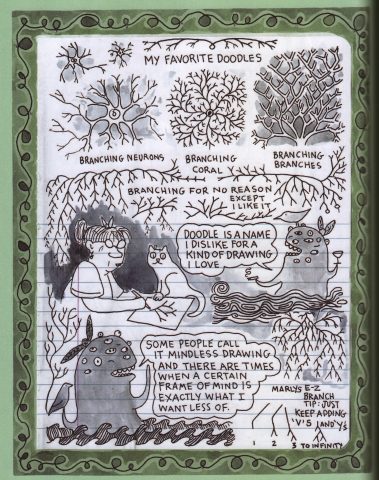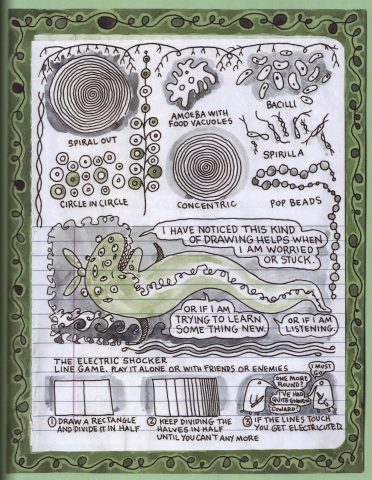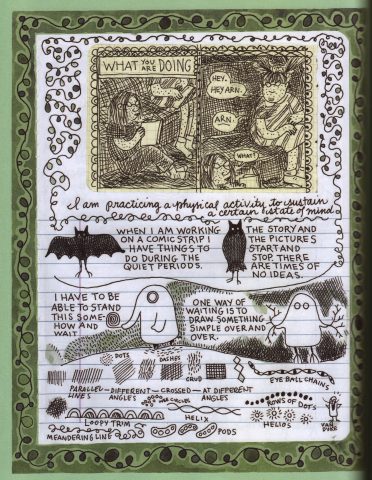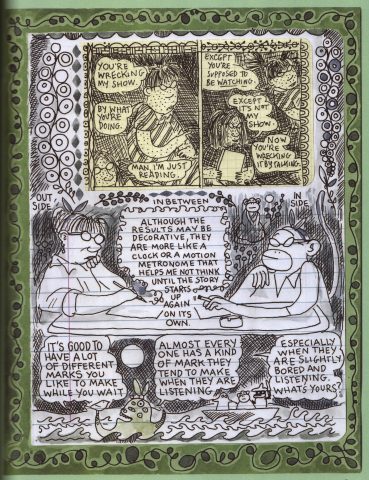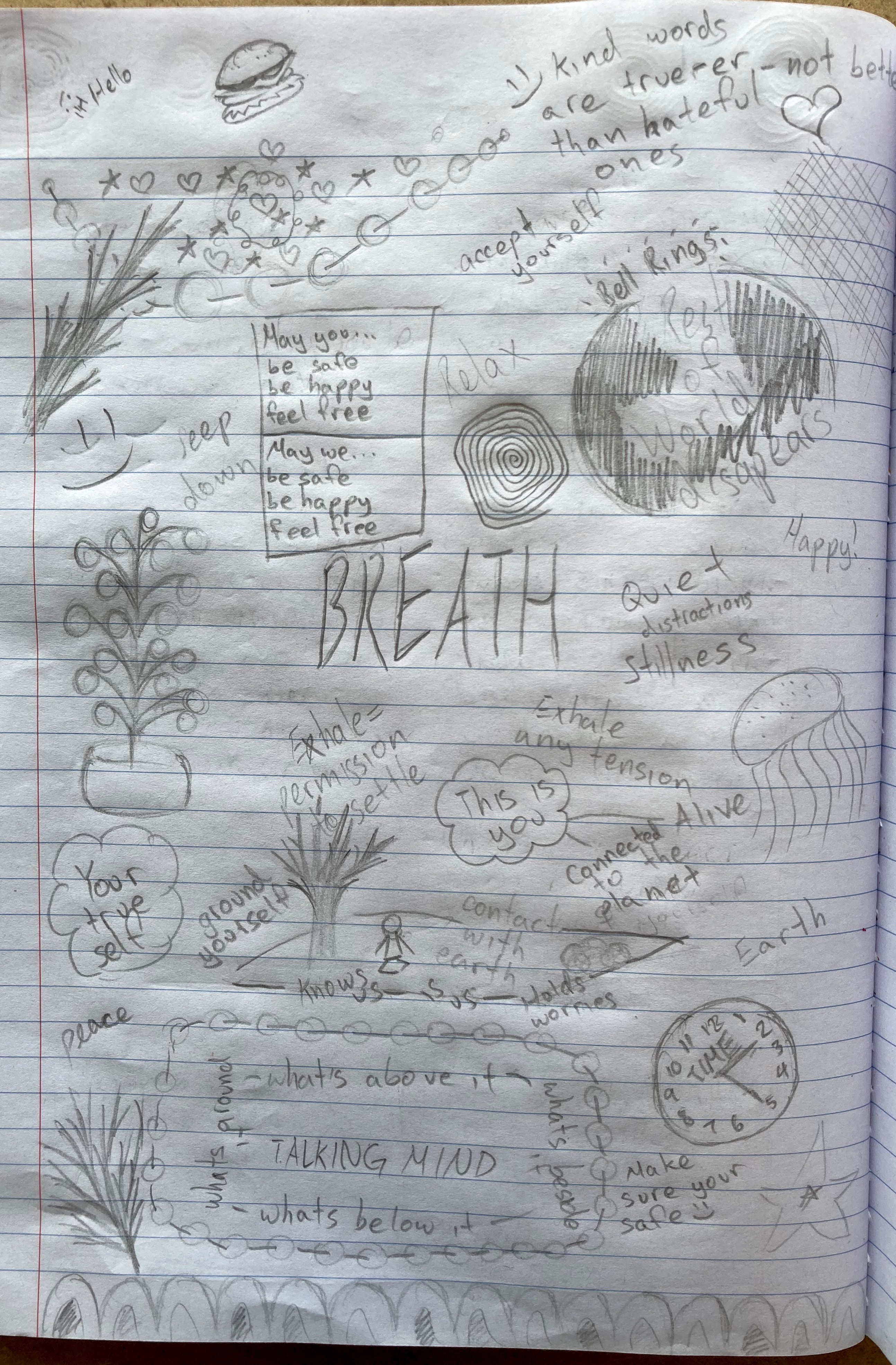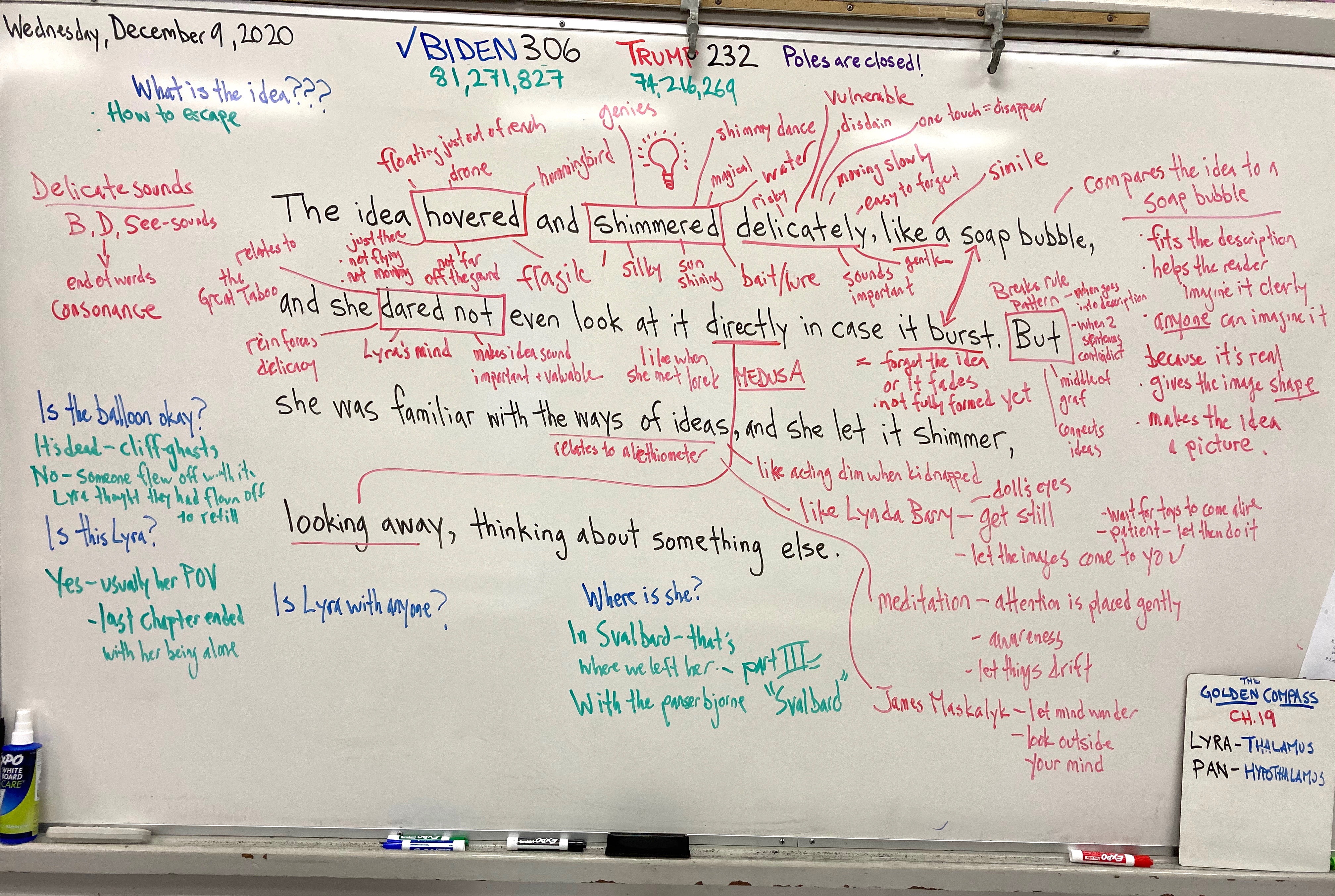NEW JOB POSTING: The MACC Mini-Brain!

There is a new position opening up in the Capitol Hill MACC 6/7 program: the MACC Mini-Brain.
The Mini-Brain is a job similar to “class president.” The role of the Mini-Brain is to be the teacher when Prof. Pai Mei isn’t in the room or when he doesn’t feel like being the teacher. The Mini-Brain is to Prof. Pai Mei as Robin is to Batman. The Mini-Brain is a natural leader, fair and kind, and helps shape policies that affect the lives of the students of Division 3.
MACC Mini-Brain Job Description
Duties:
- Forms government of choice
- Helps individuals and the class as a whole honor the Class Agreement
- Holds bi-weekly Town Hall meetings to share policy decisions and hear the concerns of constituents
- Serves as Prof. Pai Mei’s Butler
- At the end of each day, writes tomorrow’s date on the board in English, French, and Chinese
- Helps Prof. Pai Mei make decisions, such as:
- what activities to do for D.P.A.
- when to take breaks
- what movie to watch for the end of term celebration
- things he doesn’t want to think about
- Creatively diverts people’s attention when they notice how messy Prof. Pai Mei’s desks are getting
- Controls the class jobs basket
- Helps classmates solve minor conflicts
- Holds the tie-breaking vote in the case of a tie in class votes
- Reminds people to do their jobs
- Welcomes guests to the room and helps make TOCs’ lives bearable
- Politely corrects Prof. Pai Mei’s spelling errors
- Sighs wearily at the P.A. system when there are too many announcements
- Other duties as they arise
Term: One month
Mandatory Skills/Assets – some combination of the following:
- Inspiring
- Honest
- Hard-working
- Organized
- Inclusive
- Fair
- Respectful
- Anti-racist
- Responsible
- Trustworthy
- Sense of humor
- Knowledgeable
- Kind
- Patient
- Positive
- Authoritative
- Selfless
- Strong-willed
- Confident
- Level-headed
- Open-minded
- Charismatic
- Likable
- Trusting
- Optimistic
- Calm
- Caring
- Energetic
- Unbiased
- Safe
- Wise
- Polite
- Creative
- Open awareness
- Peaceful
- Encouraging
- Sees the Big Picture
- Persuasive
- Respectable
- Good intentions
- Eco-friendly
- Understanding
- Brave
- Bold
- Ambitious
- Smart
- Reasonable
Hello, Leaders of Tomorrow. Welcome to your first campaign.
For a combination of Social Studies, Career Education, Writing, Math, ADST, and Art, you will each create a project to determine the first MACC Mini-Brain!
Remember that letter and package from President Obama that we explored? For the Campaign for Mini-Brain project, you will each create your own version of that document. It will contain:
- A persuasive essay, explaining why you should be the first MACC Mini-Brain. In this essay, you will try to win our votes by explaining how and why you best fit the Mini-Brain job description. On Campaign Day, you will deliver this speech to the class.
- A campaign poster, done on 8.5 x 11 paper or cardstock. This can be a self-portrait, like the photo of President Obama that was in the package we explored, or an eye-catching and meaningful visual, or some combination of those two representations, with a catchy and persuasive slogan.
- Creative choice: remember the bios of the two Obama dogs? What would you use on this third page to humanize yourself, grab our hearts, and tell us more about your values?
- A written interview, in which you answer the same questions that President Obama answered, with the idea of being truthful and showing your personality, but also trying to win our votes.
Big Idea: Clarity of Communication—what am I doing, visually and textually, to make my values clear and persuade my public?
First steps:
- Choose the three leadership qualities from our class-generated list that you think you most naturally inhabit.
- Decide upon your vision: what do you stand for? What is your version of the ideal Room 105? How will you lead us there?
Remember: all aspects of a political campaign have been extremely well thought out—everything is there for a reason, working to shape the public’s opinion. Even the most casual-seeming of choices have been tested and planned. With each choice you make, ask, Why? How does this contribute to my message?
Also remember: there is no one way of being an effective leader, and there are not leaders and non-leaders; leadership potential exists inside us all, and there are an infinite variety of ways of expressing it—what’s yours?
Good luck!


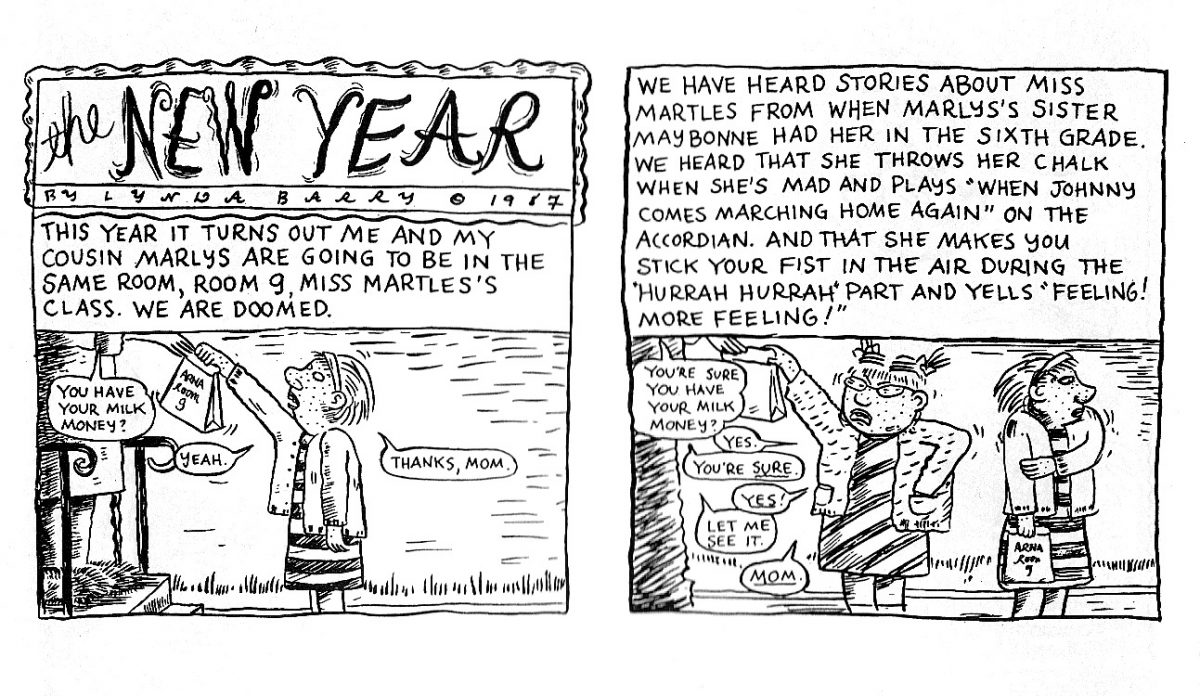
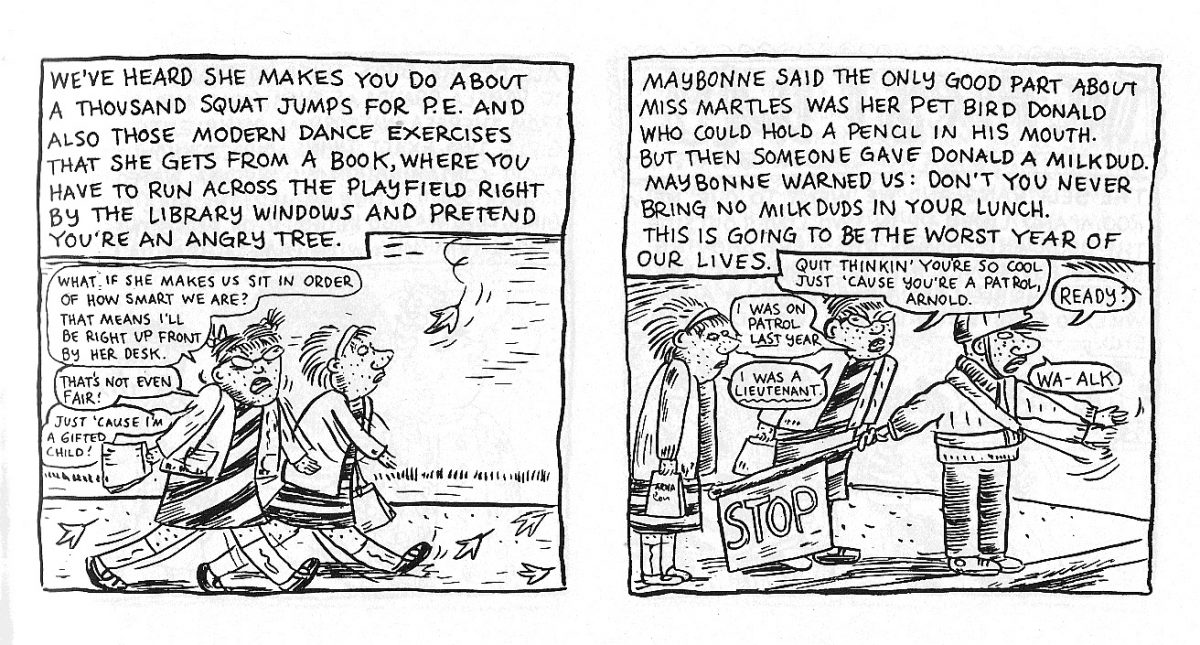
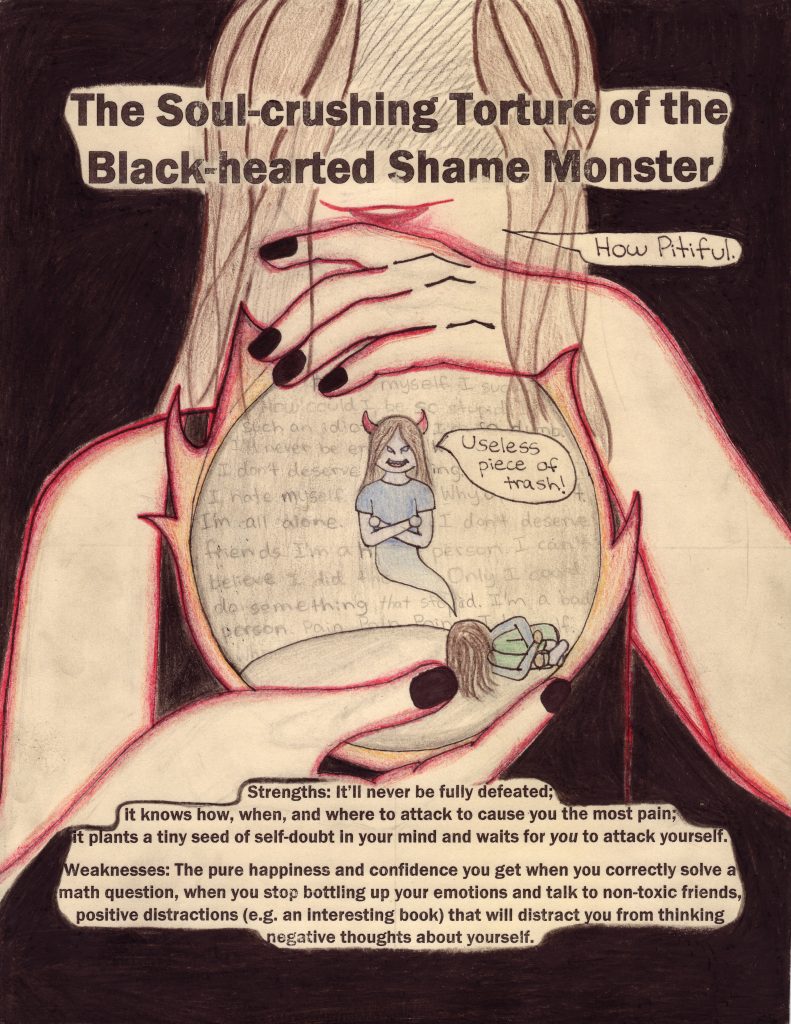
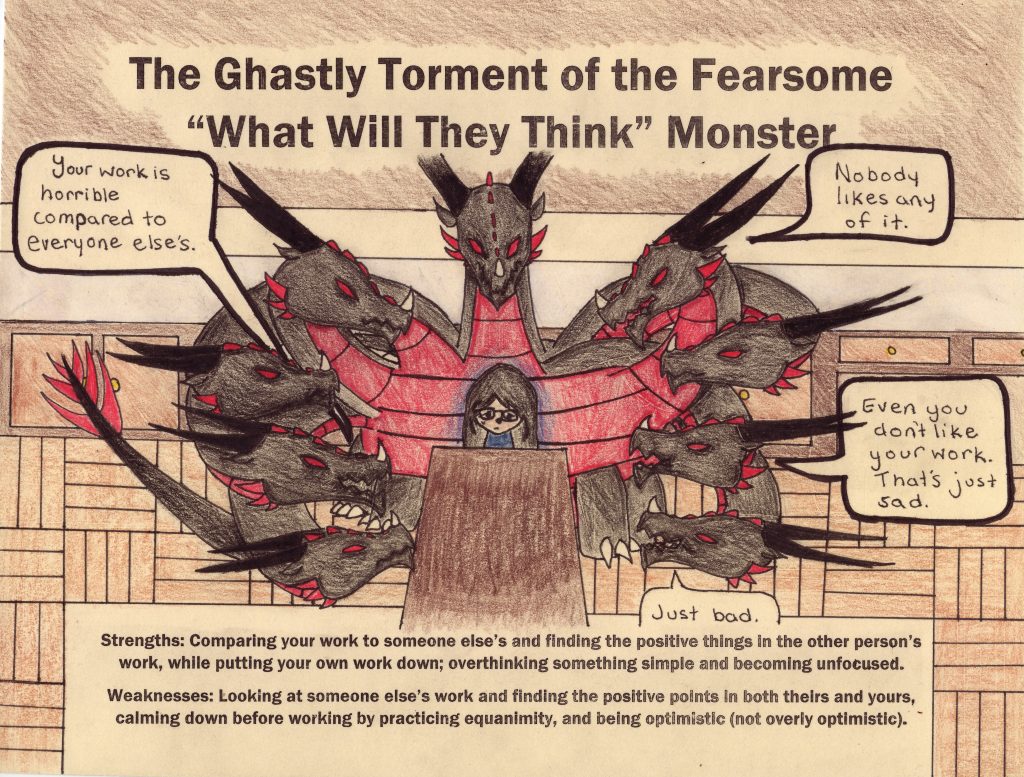
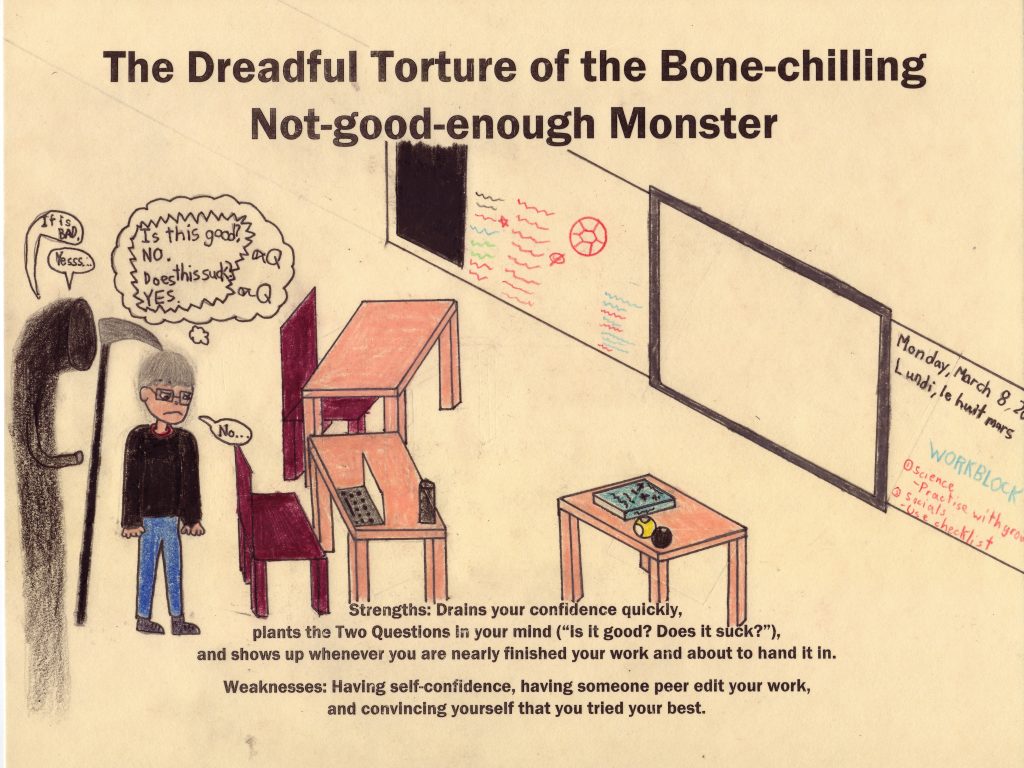
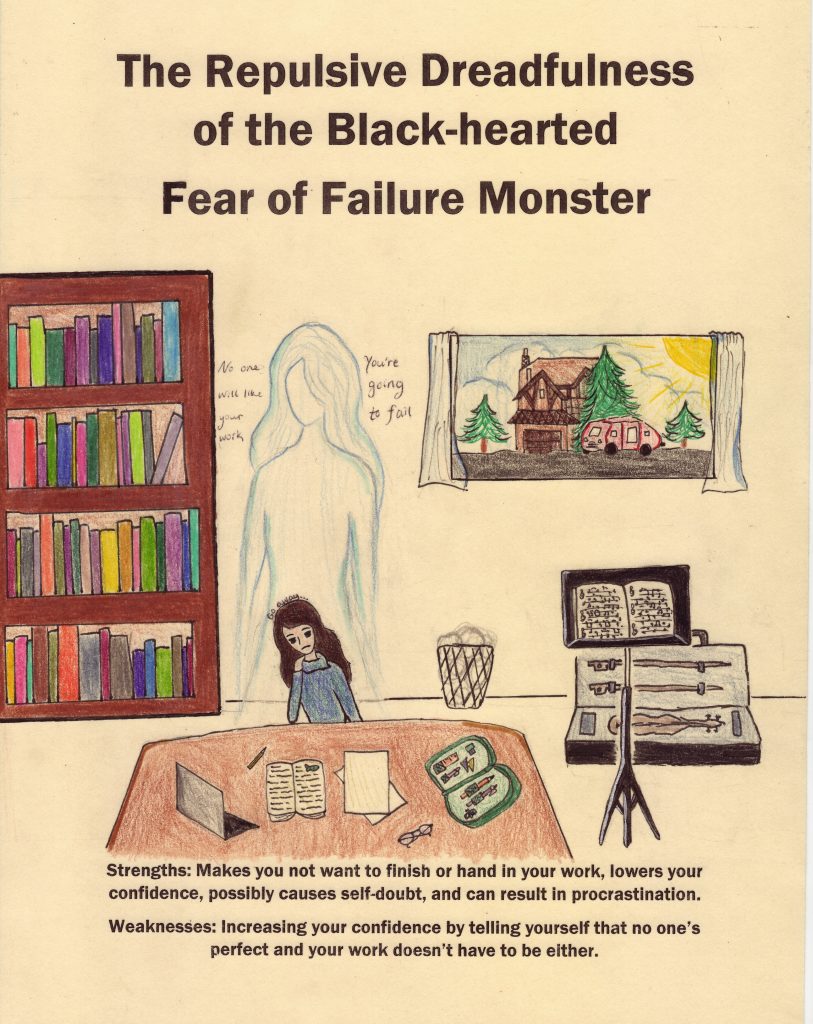
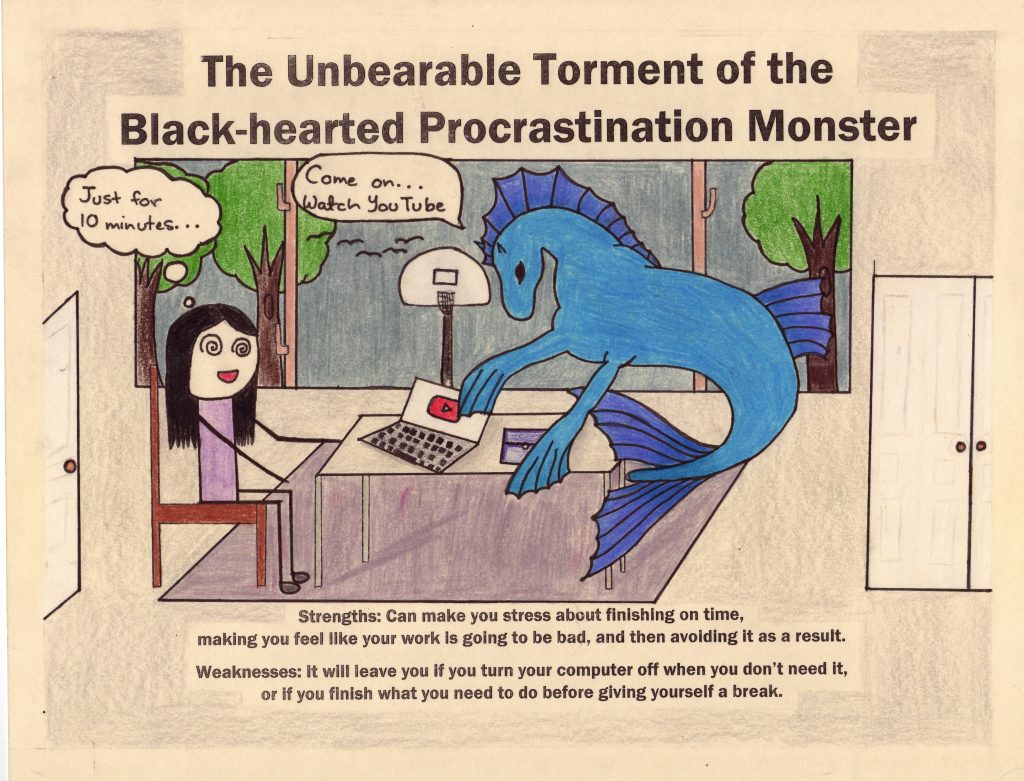
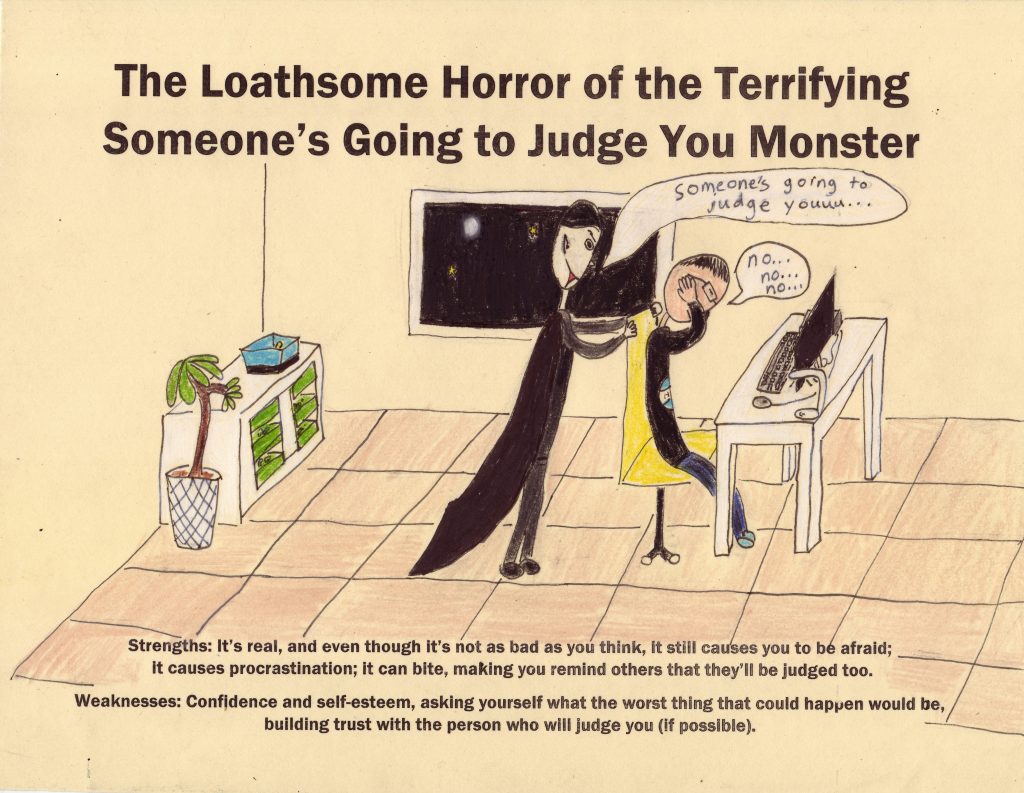
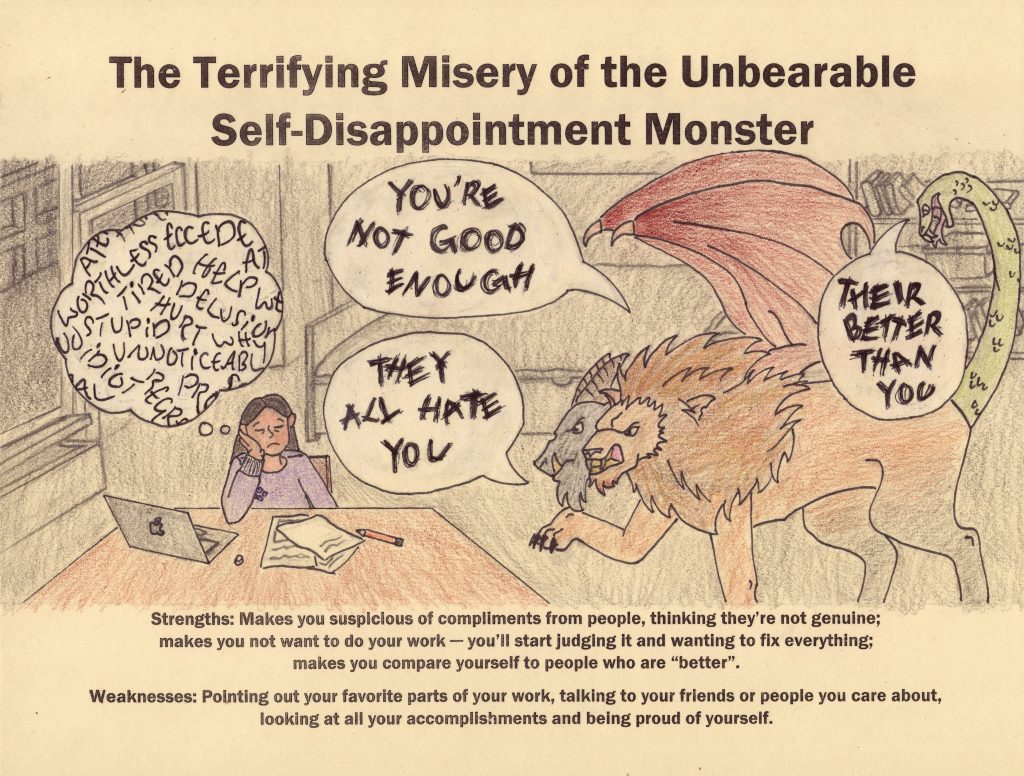
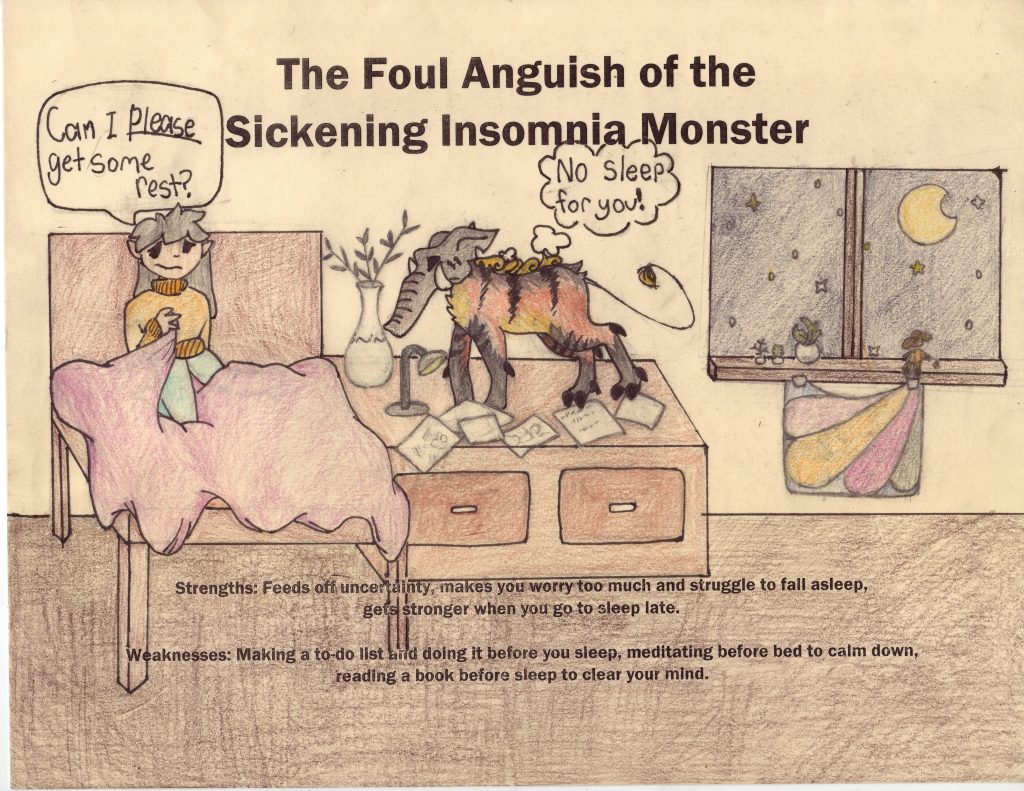
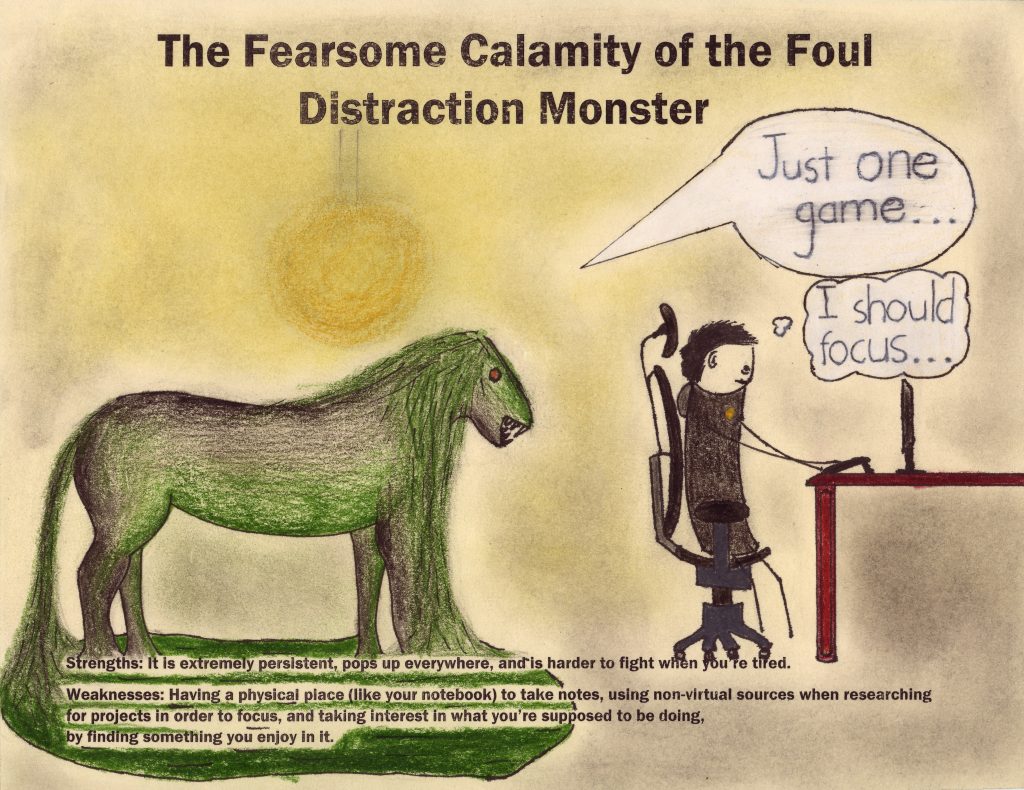
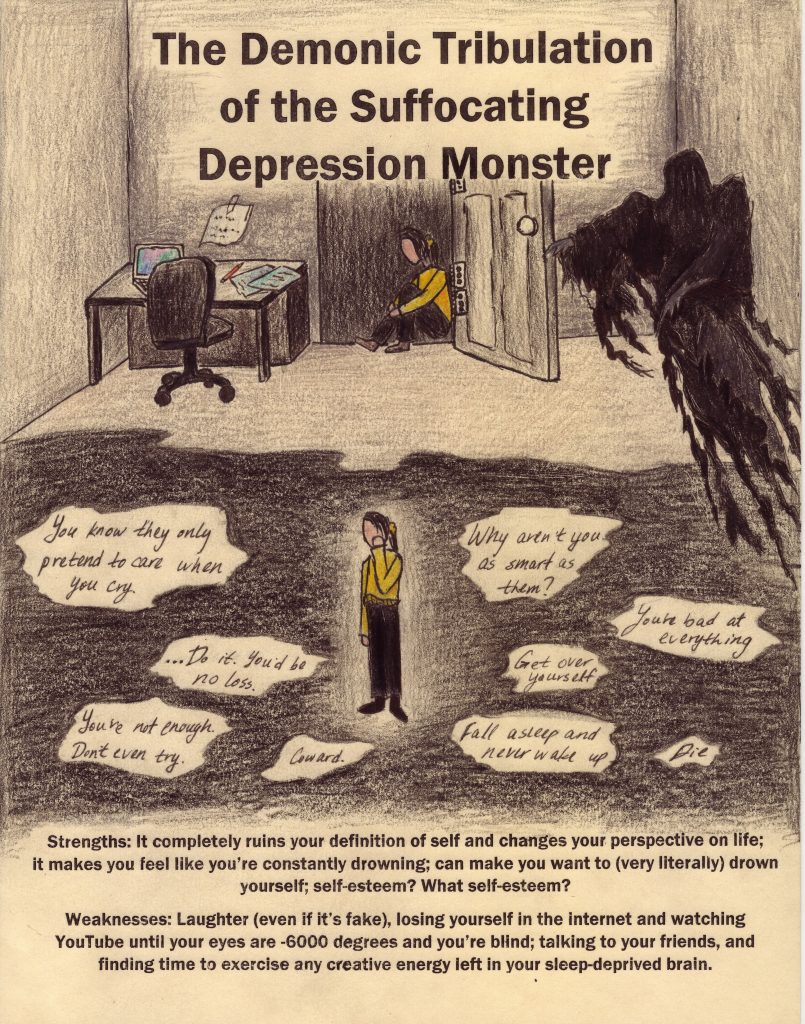
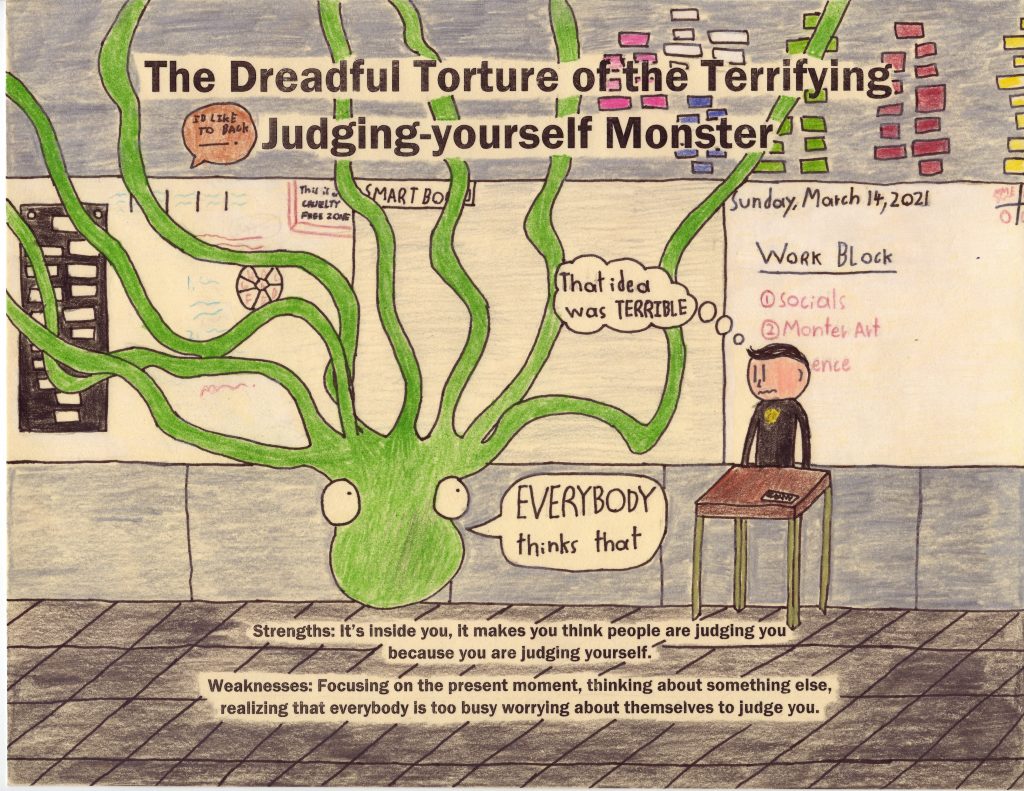
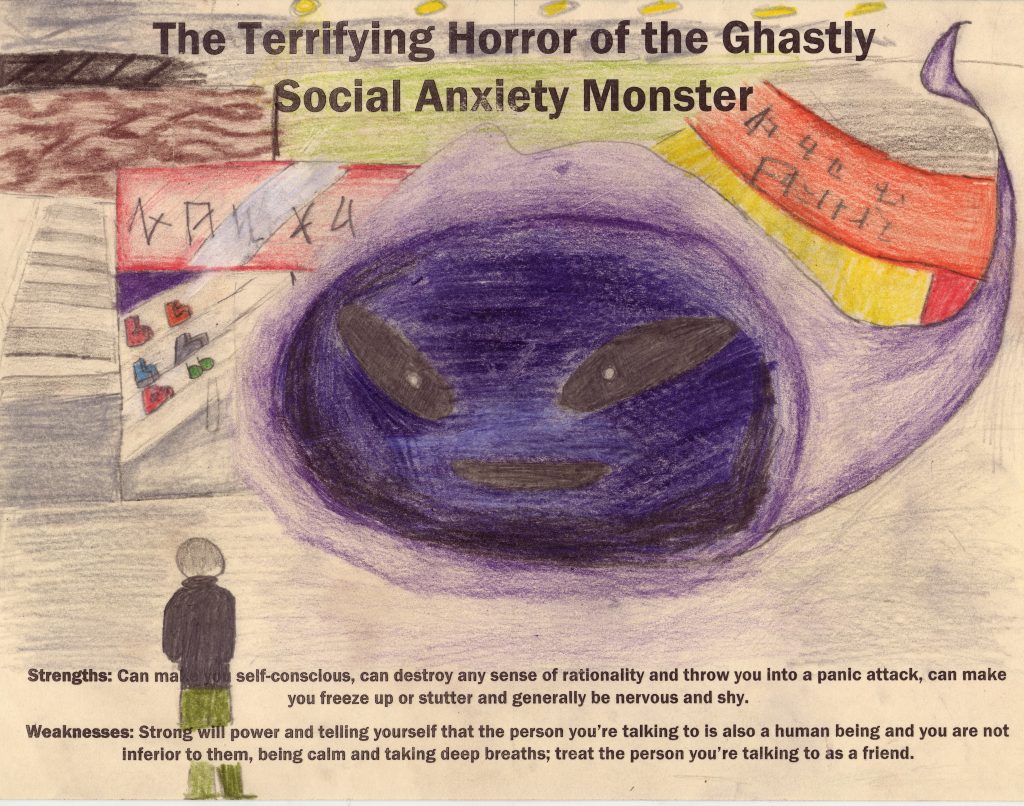
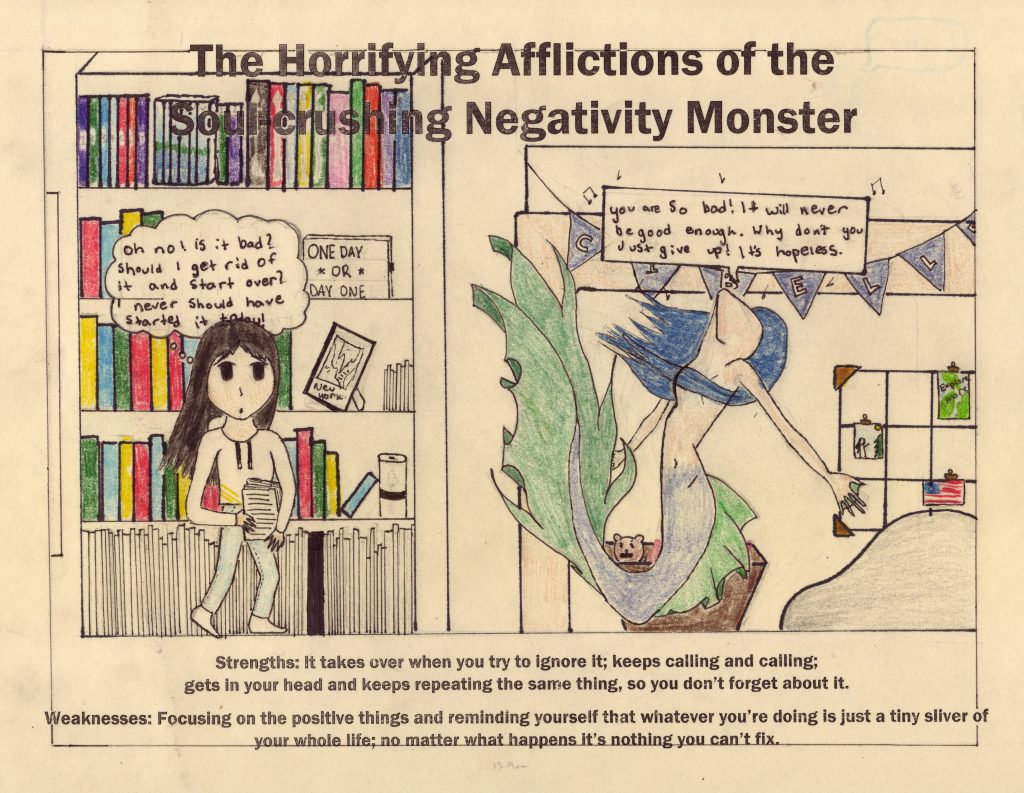
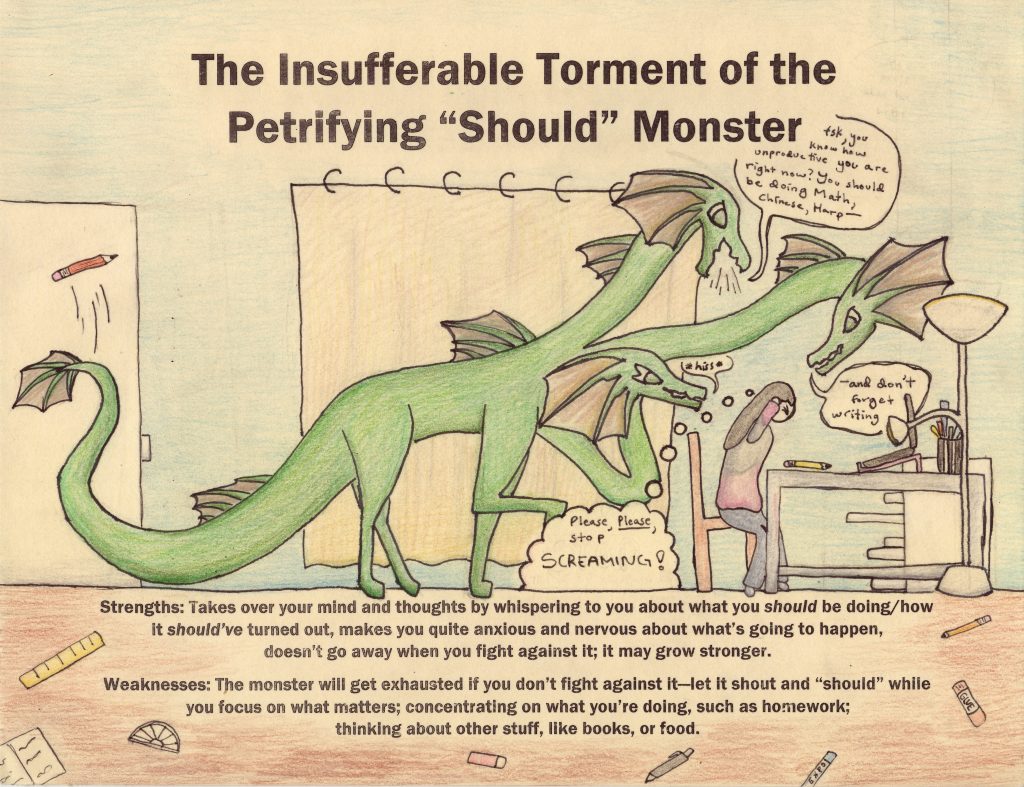
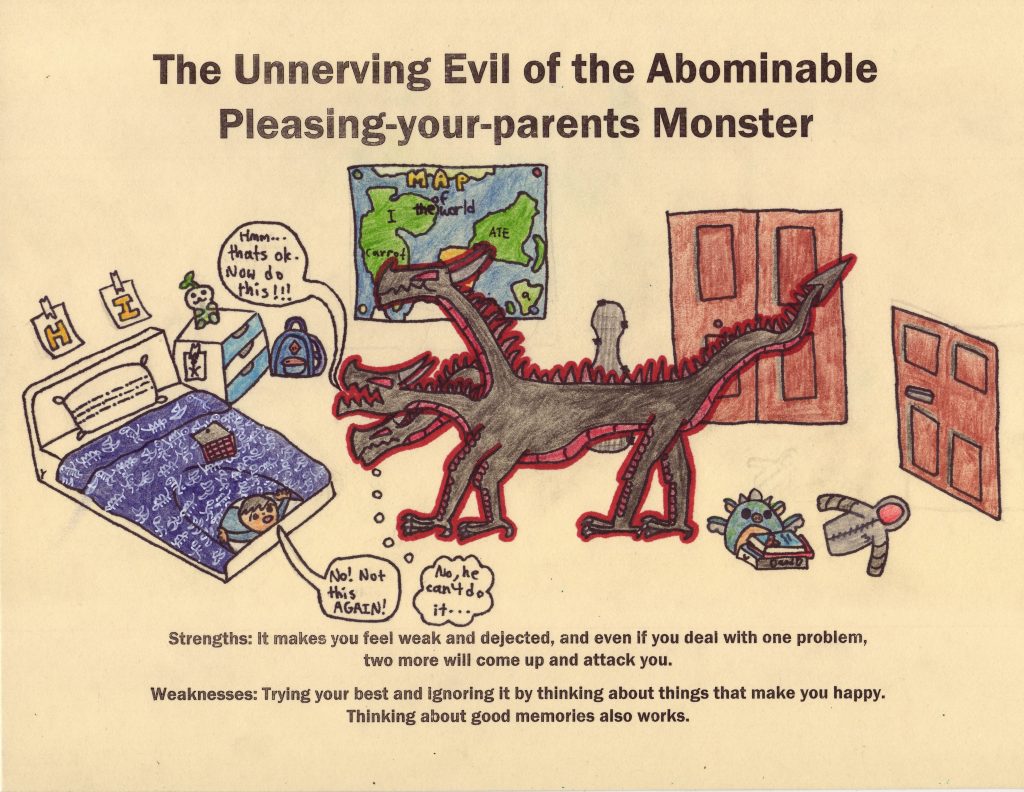
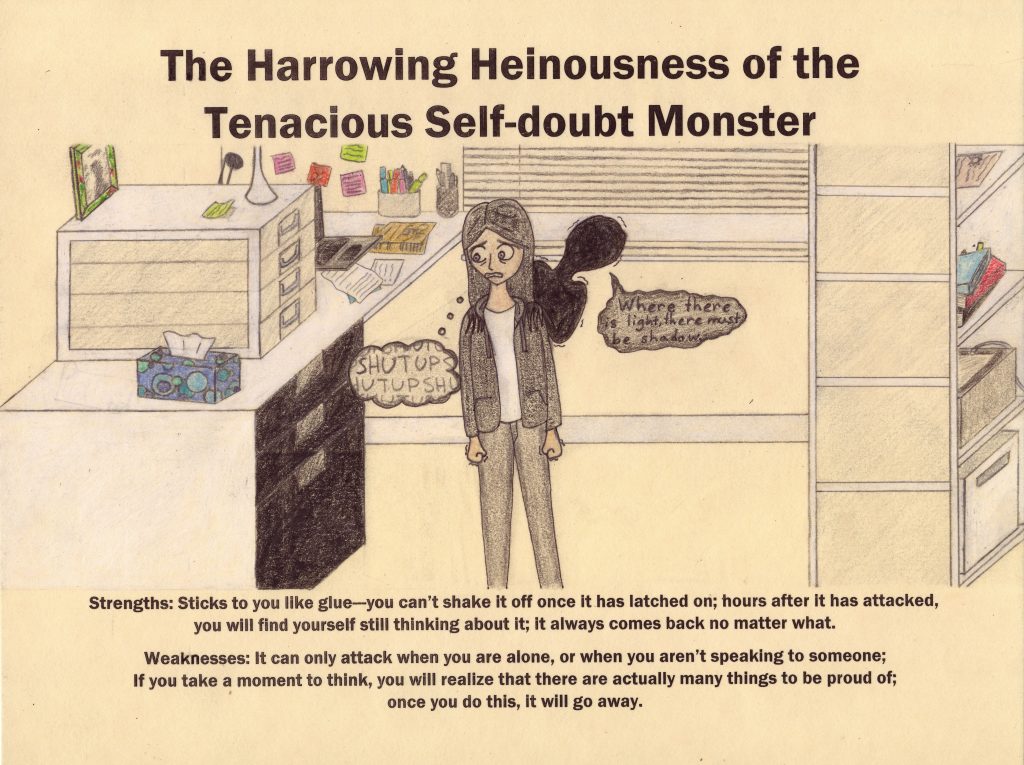
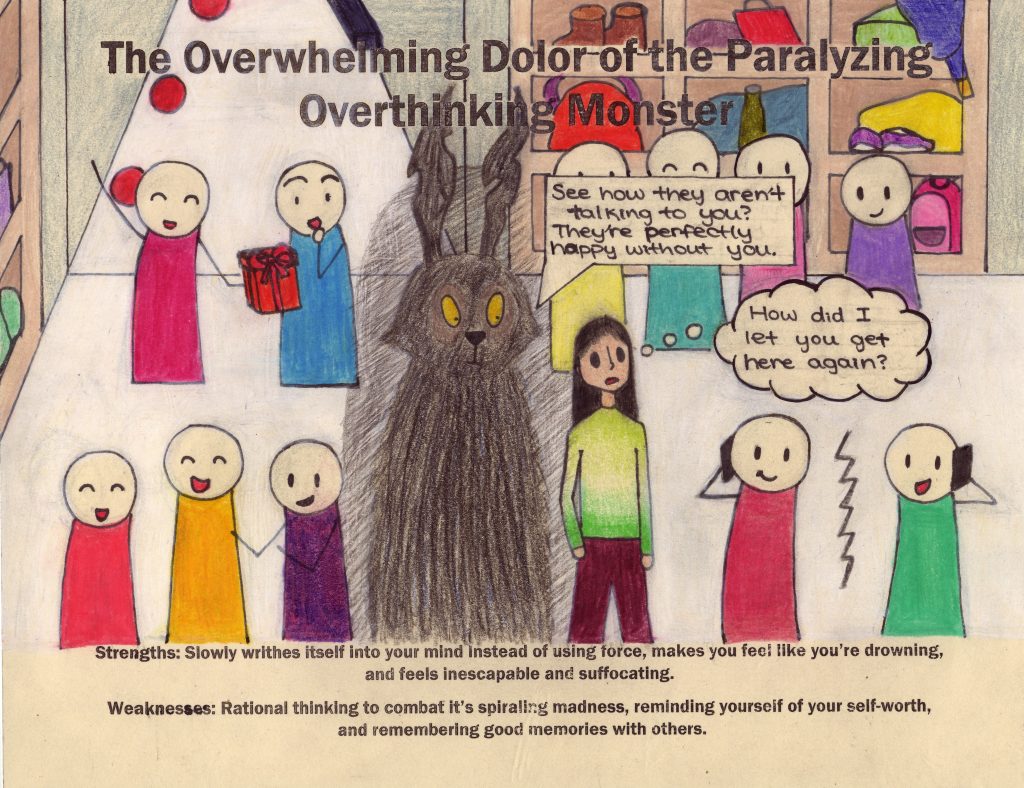
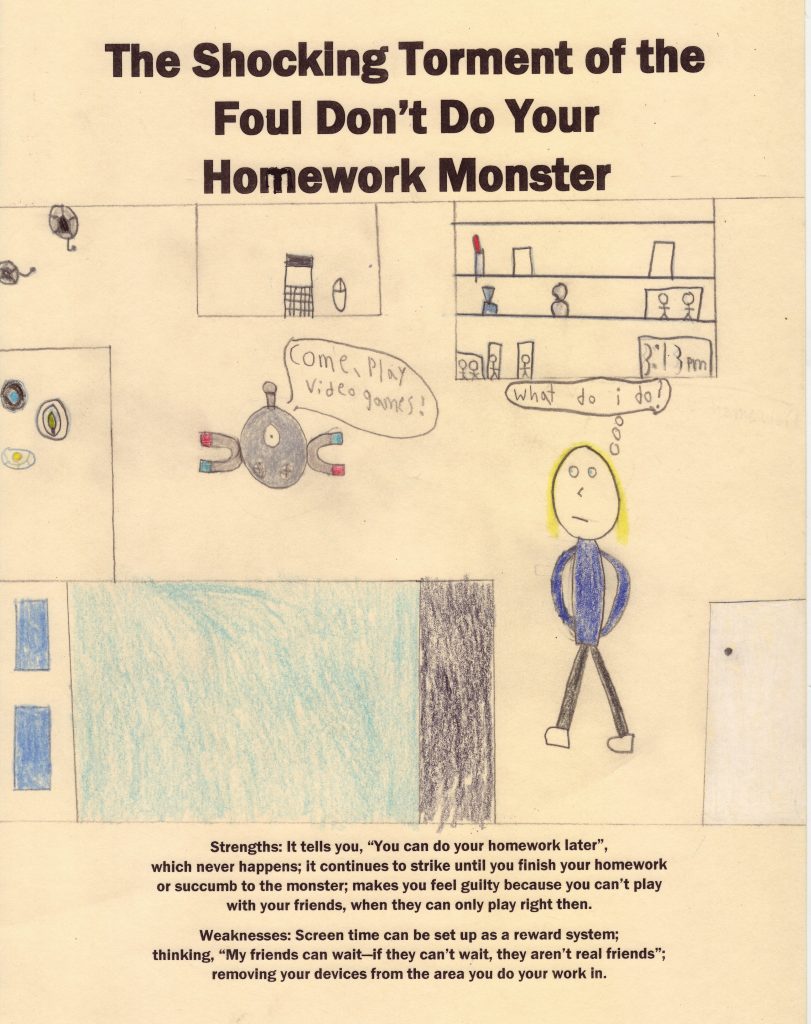
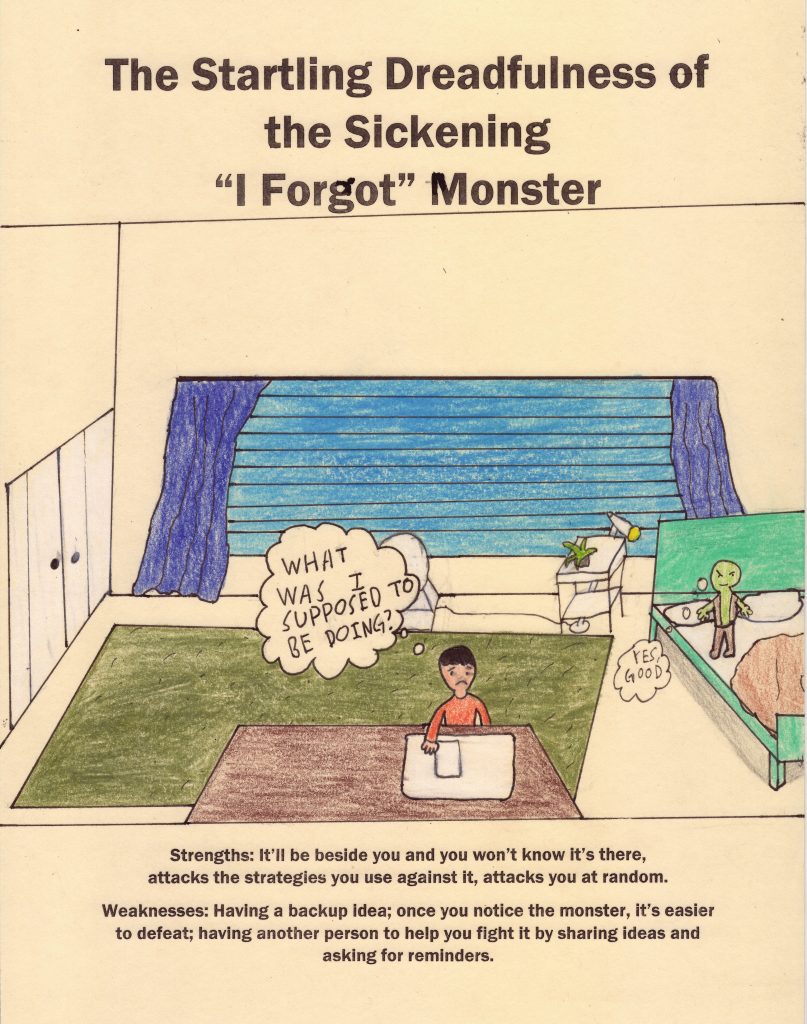
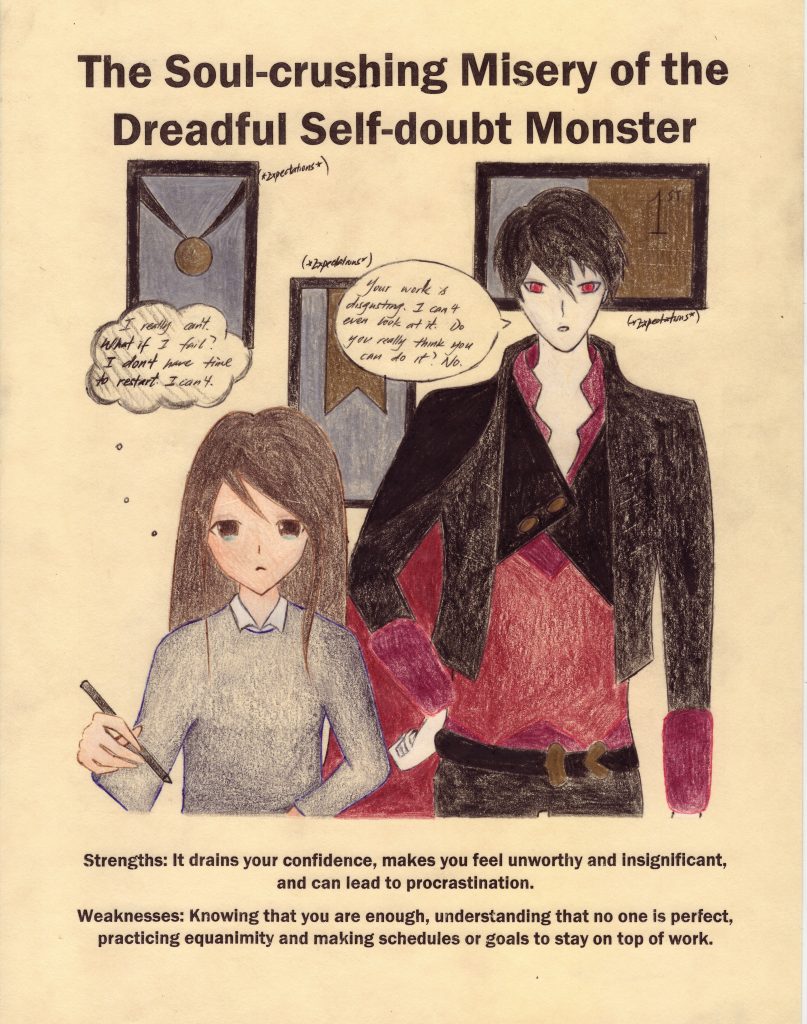
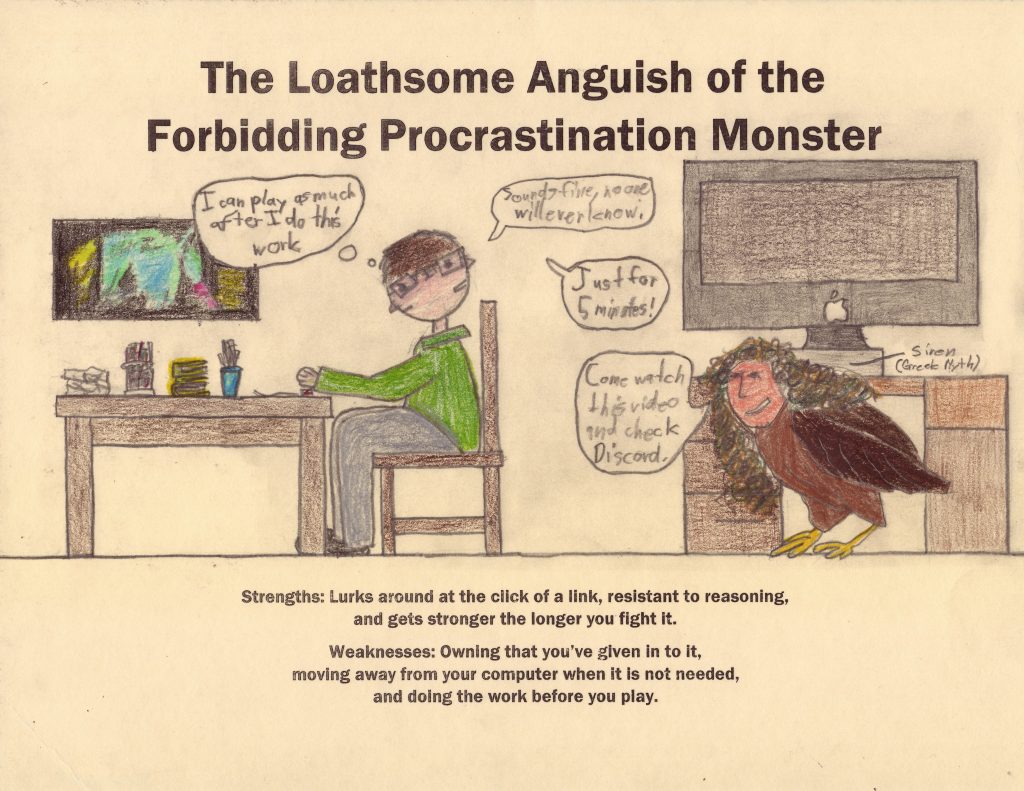
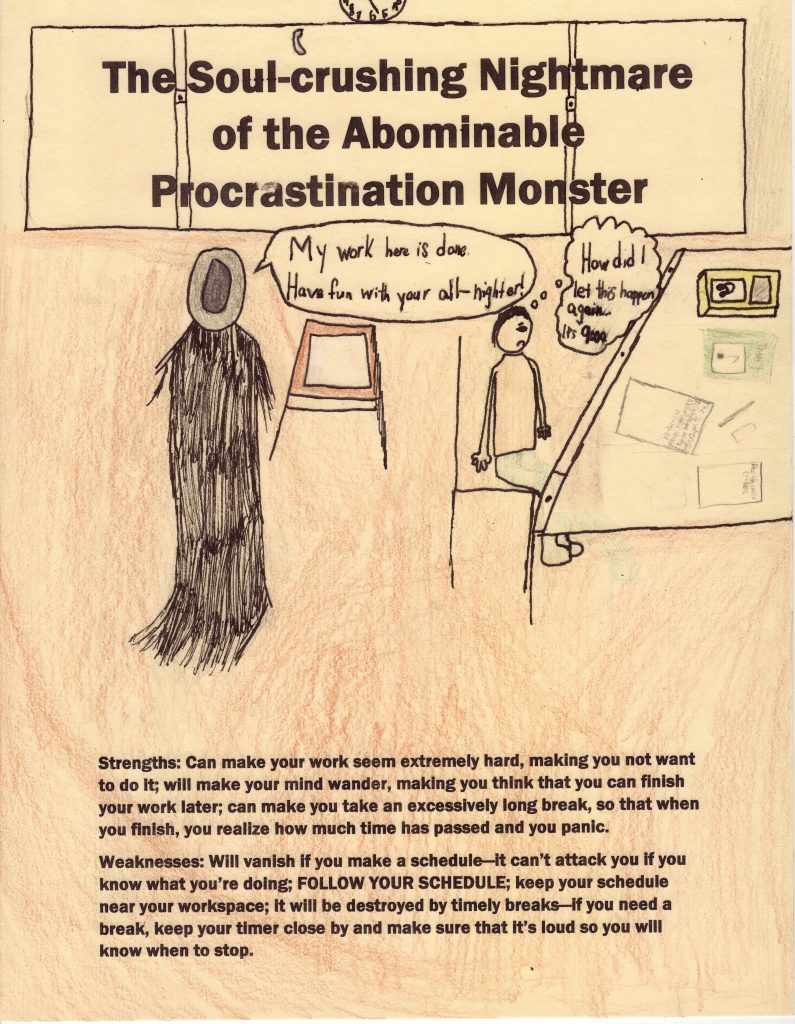
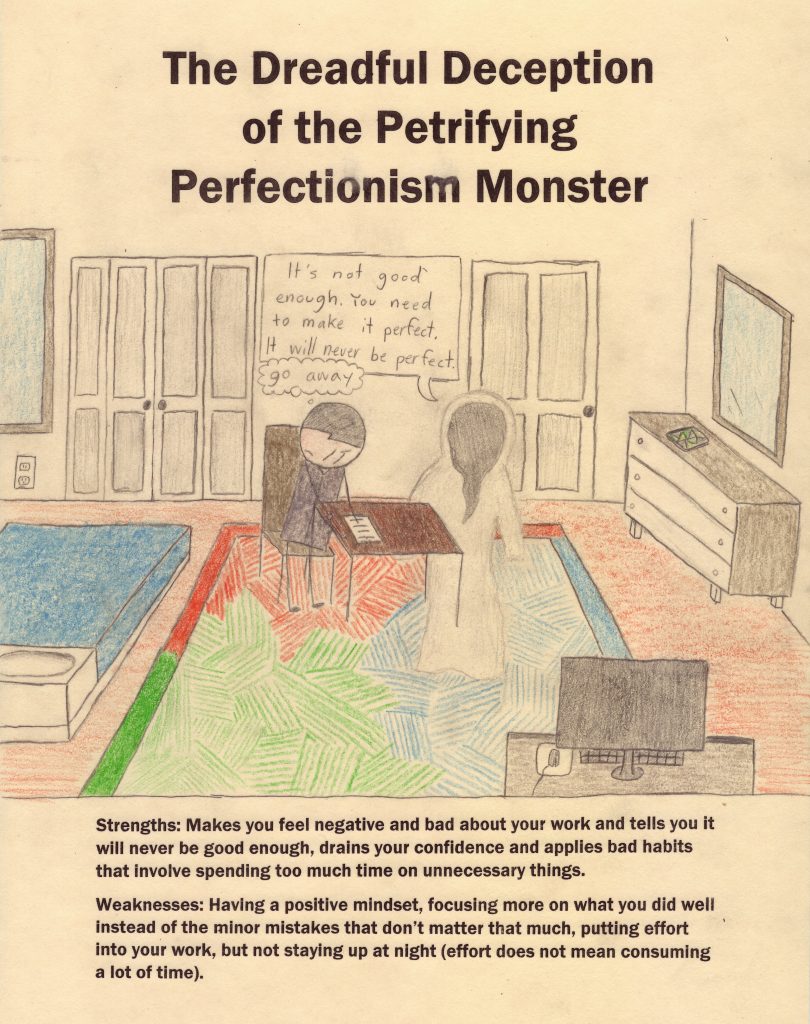
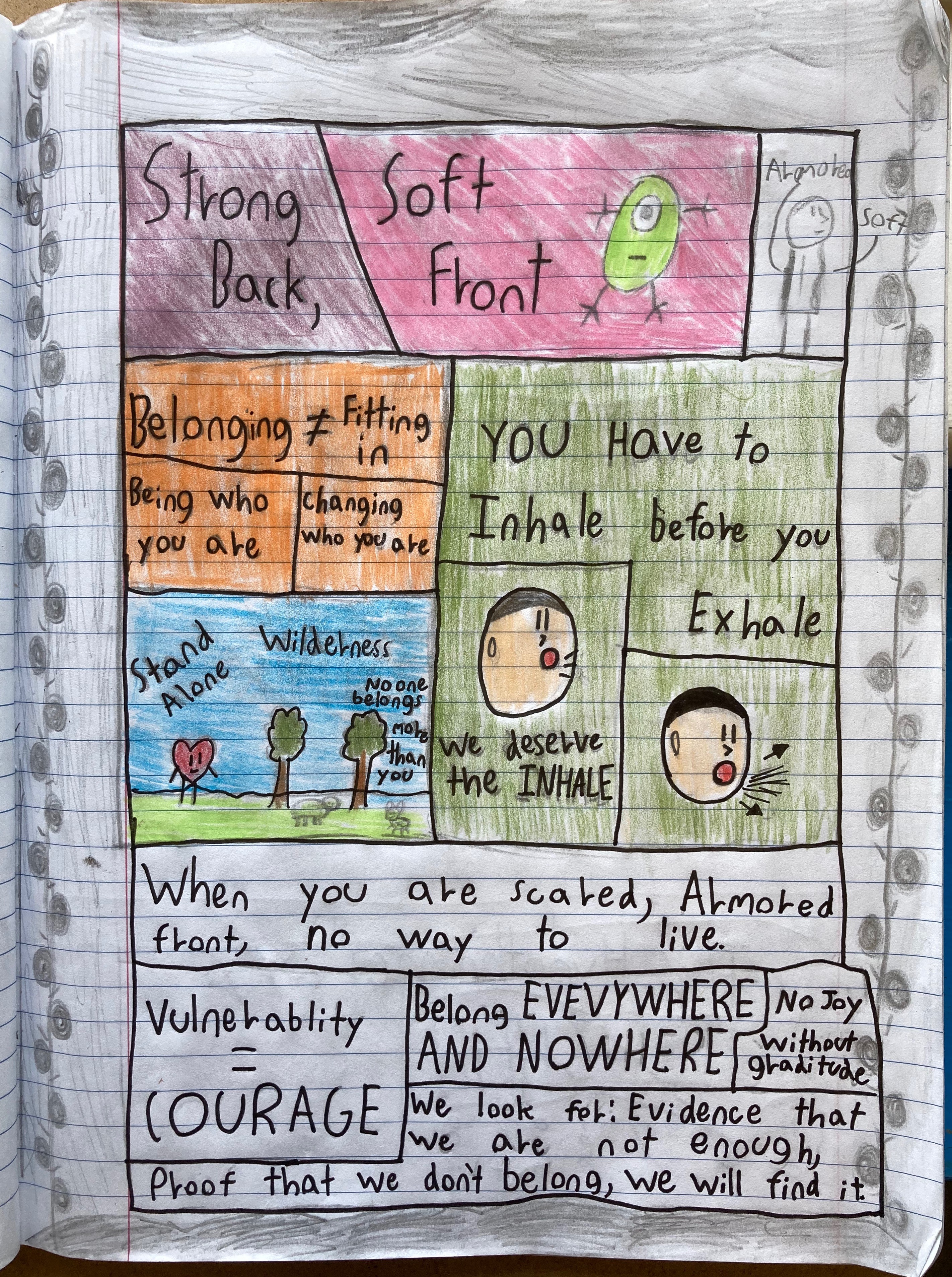
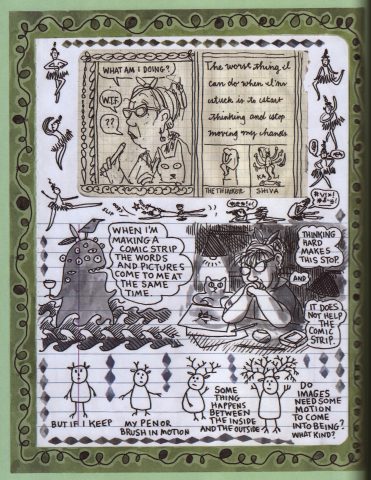 (images from
(images from 